CLASSIFICATION OF PAPER MACHINES
1.A paper machine is a general term for a complete set of equipment that makes pulp form into a paper web, including the headbox, wire section, press section, drying section, calender, reel, and transmission section. , vacuum, lubrication, heat recovery and other auxiliary systems.
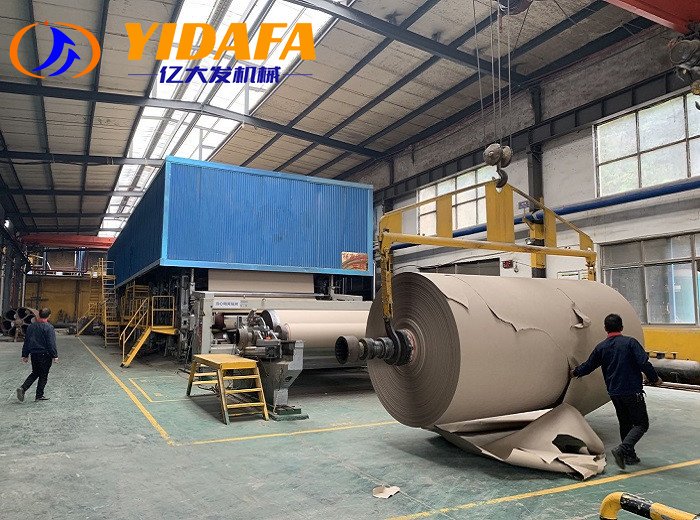
2.It is a machine that makes paper pulp water suspension that meets the requirements of papermaking through dehydration forming through filter screen, mechanical extrusion dehydration and drying. The paper machine includes three main parts of forming, pressing and drying to complete the above process, and is equipped with necessary finishing, coiling and transmission devices, as well as pulp supply, pulp and white water circulation, vacuum, ventilation and exhaust, damage Paper handling and lubrication, automatic control and other auxiliary systems. The specifications of the paper machine are often expressed by the paper width (referred to as the paper width), the width of the copper wire and the preferred working speed. The width of modern large-scale paper machines can reach 11m, the working speed can reach more than 1000m/min, the daily paper output can reach hundreds of tons, the weight of the whole machine can reach more than 1,000 tons, and the length can reach more than 100 meters. In the production of general developing countries and some special papers, small paper machines are widely used, with a width of 1 to 3 meters and a working speed of tens of meters to 200 meters per minute.
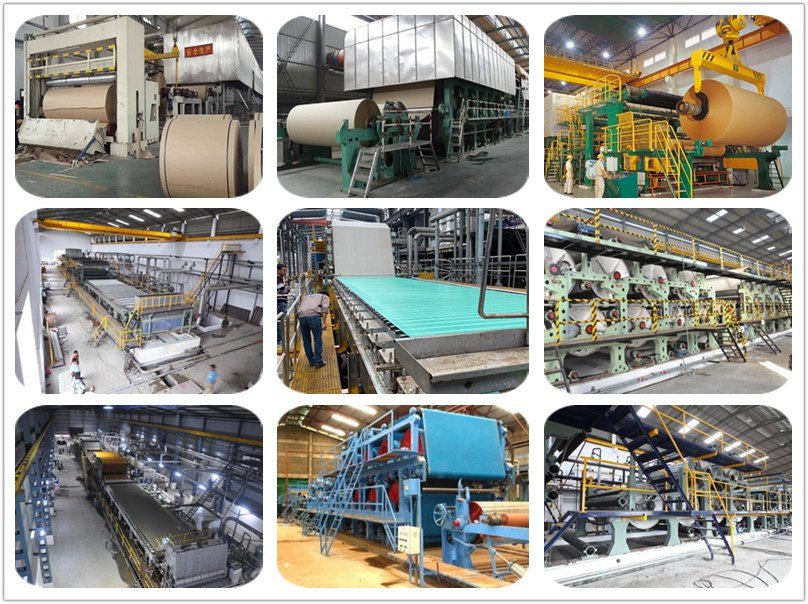
3.History of paper machine.
In 1798, the Frenchman N.L. Robert first proposed the idea of a paper machine and obtained the government's patent right, but he did not make a machine. After the British S. & H. Fordrinier brothers purchased the patent right, they handed over to B. Don King to improve the design and trial production.
In 1803, the first fourdrinier paper machine capable of making paper was successfully produced, also known as the Fordrinier paper machine. The rotary screen former was invented by the British J. Dickinson in 1809.
In 1820, T.B. Crampton first used fire to heat the iron cylinder drying paper, until 1872 Jackson invented the steam heating cylinder that used a siphon to remove condensed water.
In 1828, Han Ding invented the pressure roller.
In 1863, the Holyoke paper mill invented the five-roll super calender. It took nearly a hundred years to gradually improve the models of rotary screen and fourdrinier paper machines. All modern paper machines basically belong to the category of these two models.
It is customary to divide the paper machine into long wire, rotary wire, folder wire and long circular wire hybrid according to the type of paper former; it is also divided into cultural paper machine (including newsprint), board according to its main product variety. Paper machine (including packaging paper), toilet paper machine, special paper machine; or divided into thin paper machine, board machine and conventional paper machine according to the thickness of the paper produced.
4.Structure of paper machine.
According to the needs of the papermaking process, the structure of the paper machine is various, generally composed of components such as flow conveying, forming, pressing, drying, finishing, coiling and transmission, and auxiliary systems and other supporting equipment.
4.1.Forming Department
It is composed of headbox, breast roll, forming wire, suction box and couch roll, etc. The headbox slurry distributor sprays the finished slurry from the flow delivery system evenly onto the forming wire, and the slurry speed should match the wire speed. Controlling pulp speed and wire speed is the main factor for selecting headbox type. The fully enclosed hydraulic headbox adjusts the pulp speed by adjusting the pulp delivery pressure of the pulp pump, which is suitable for high-speed paper machines; the air cushion headbox adjusts the speed by adjusting the air cushion pressure, while the open high position headbox The speed is adjusted by adjusting the height of the pulp level in the box, which is suitable for medium-speed paper machines; the open compartment headbox is suitable for low-speed paper machines. The forming wire is an endless endless wire. Between the breast roll and the couch roll, a horizontal or slightly inclined straight wire surface is formed. As a working section for pulp dehydration, it is customarily called a wire table, so it is called a long wire mesh. net. If the endless forming net is placed on the circular cage, it becomes an arc-shaped working section for dehydration and forming, which is called a rotary net. If a steel mesh drum with holes is used to suck a vacuum from the shaft end to accelerate the dehydration of the pulp on the forming mesh surface, it is called a vacuum cylinder or a vacuum forming mesh. If the pulp is clamped by two fourdrinier wires, and the two wires are dehydrated and formed at the same time, it is called a sandwich former (Figure 2). These formers use different forms of dewatering elements to accelerate the dewatering of the pulp on the wire. Components are divided into three categories: stationary, rotating, and both. Static components such as dehydration plate, curved vacuum box, etc., rotating components such as table rolls, vacuum forming rolls, etc. In addition to using a single former to form fourdrinier paper machines, cylinder paper machines, and sandwich paper machines, there are also forming sections that use multiple fourdrinier wires, multi-drum wires, multi-grid wires, and multiple forms of fourdrinier wire hybrid formers. .
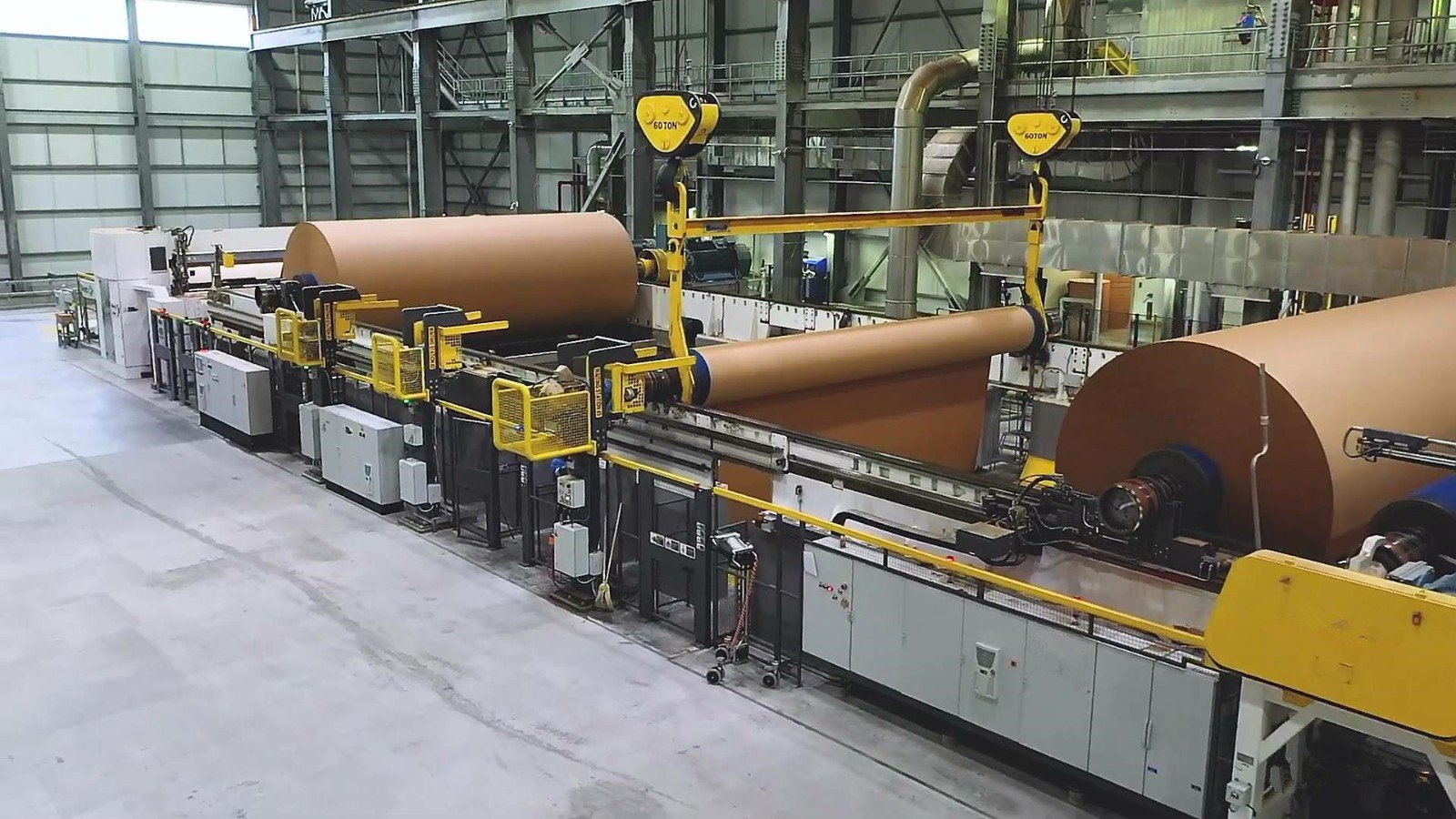
4.2.Press section
The formed wet paper is further dehydrated by means of pressure. It consists of two rollers with hard and soft surfaces, such as stone rollers and rubber rollers, to form a press. The press section is composed of press groups of the same or different forms, which also includes a vacuum suction device as a rule. When pressing, the paper sheet is supported by a felt cloth of appropriate specifications, which can evenly distribute the pressing pressure and take away part of the squeezed water, and can increase the pressing pressure and improve the dehydration capacity of the pressing. The low-speed paper machine usually adopts a line pressure of 20-60kN/m, and the high-speed paper machine adopts a line pressure of up to 210kN/m. Vacuum press rolls, grooved press rolls, lining net press rolls, blind hole press rolls, etc., to more effectively take the press water away from the nip, these are new technologies that have been used to improve the efficiency of press dehydration since the 1950s. Afterwards, a double press structure is used to form a closed thread. It is composed of two or three sets of presses combined. The wet paper is stripped from the forming wire by the vacuum suction roller, and sent to the compound press with a felt support. After that, the paper sheets are passed between the press rollers, thus eliminating the need for paper sheets in the past. The phenomenon of broken ends caused by the traction of factors such as self-weight during pressing. Since the 1980s, there has been a wide-nip pressing technology. The tough rubber belt or rubber roller deforms under strong pressure, so it has a line pressure of up to 750kN/m and a wider contact surface, which has a significantly prolonged dehydration time. The press dehydration ability is greatly improved, and the effect is more prominent on high-speed paper machines. The paper sheet dryness after pressing can be increased from 30-37% in the past to 43-45%, and some even reach 50%. The number of times the paper sheet contacts the smooth hard roll surface or the rough rubber surface and the amount of dehydration on each surface will affect the surface quality of the paper sheet. If the treatment is reasonable, the difference in smoothness between the two sides of the paper can be significantly reduced, and vice versa, the difference in smoothness between the two sides can also be increased.
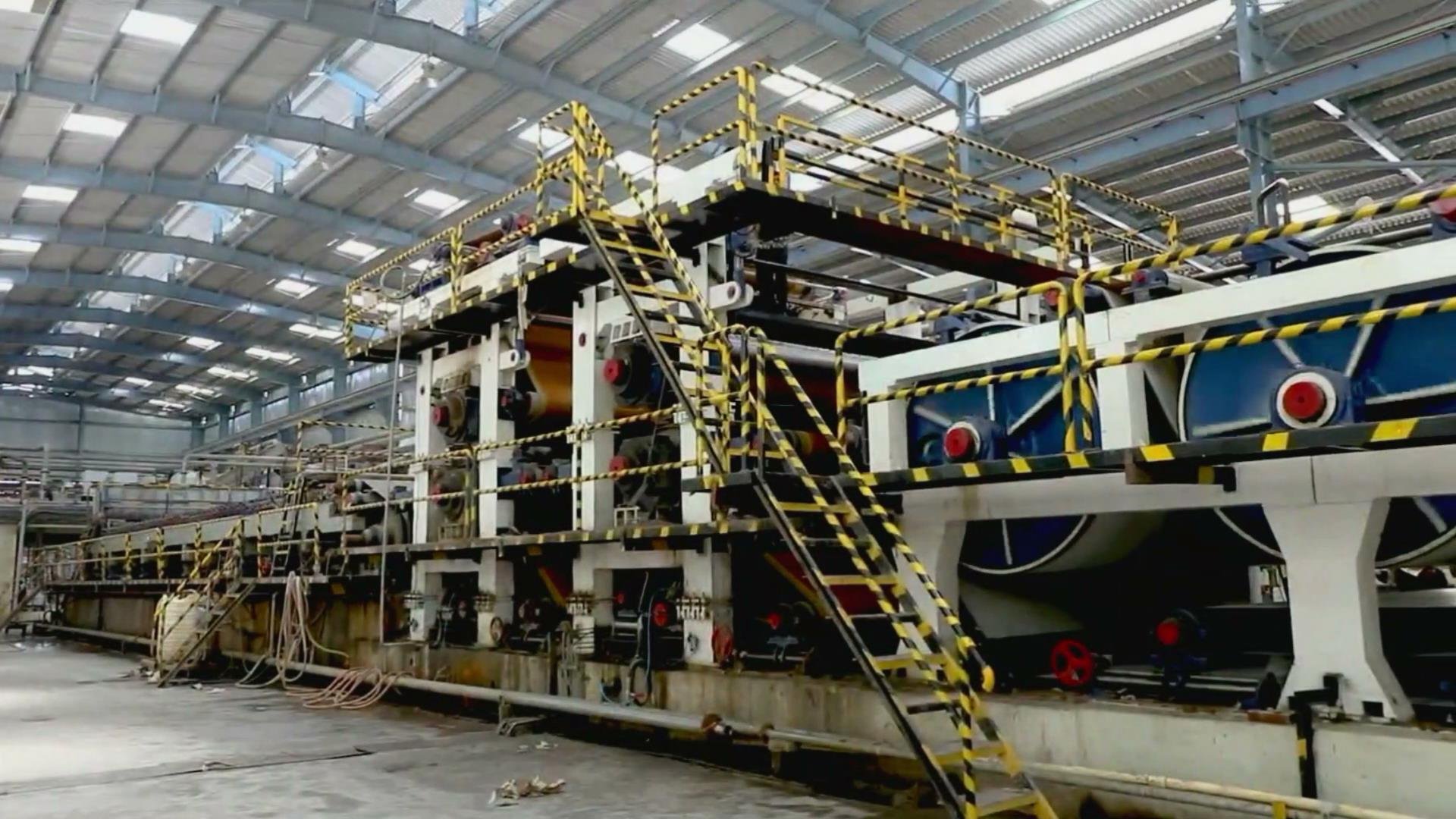
4.3.Drying section
Driven by gears or driven by felt, several drying cylinders form a group, and several groups of drying cylinders form the drying section. The linear speed of each group of drying cylinders can be adjusted separately to maintain a slight speed difference between each group of drying cylinders to compensate for the shrinkage of the paper sheet during the drying process. The dryness of the paper sheet leaving the drying section is generally around 92-94%. At the end of the drying section, there is generally a cold cylinder, so that the water vapor can condense on the surface of the cold cylinder. Condensed water can wet the surface of the paper to facilitate better surface smoothness in finishing. The effect of drying cylinder diameter is 1.5m is the best. Single-sided glossy paper can obtain higher single-sided gloss by using large-diameter dryers with high hardness and high-gloss surface. The diameter of large-diameter dryers is generally 3 to 7.5m.
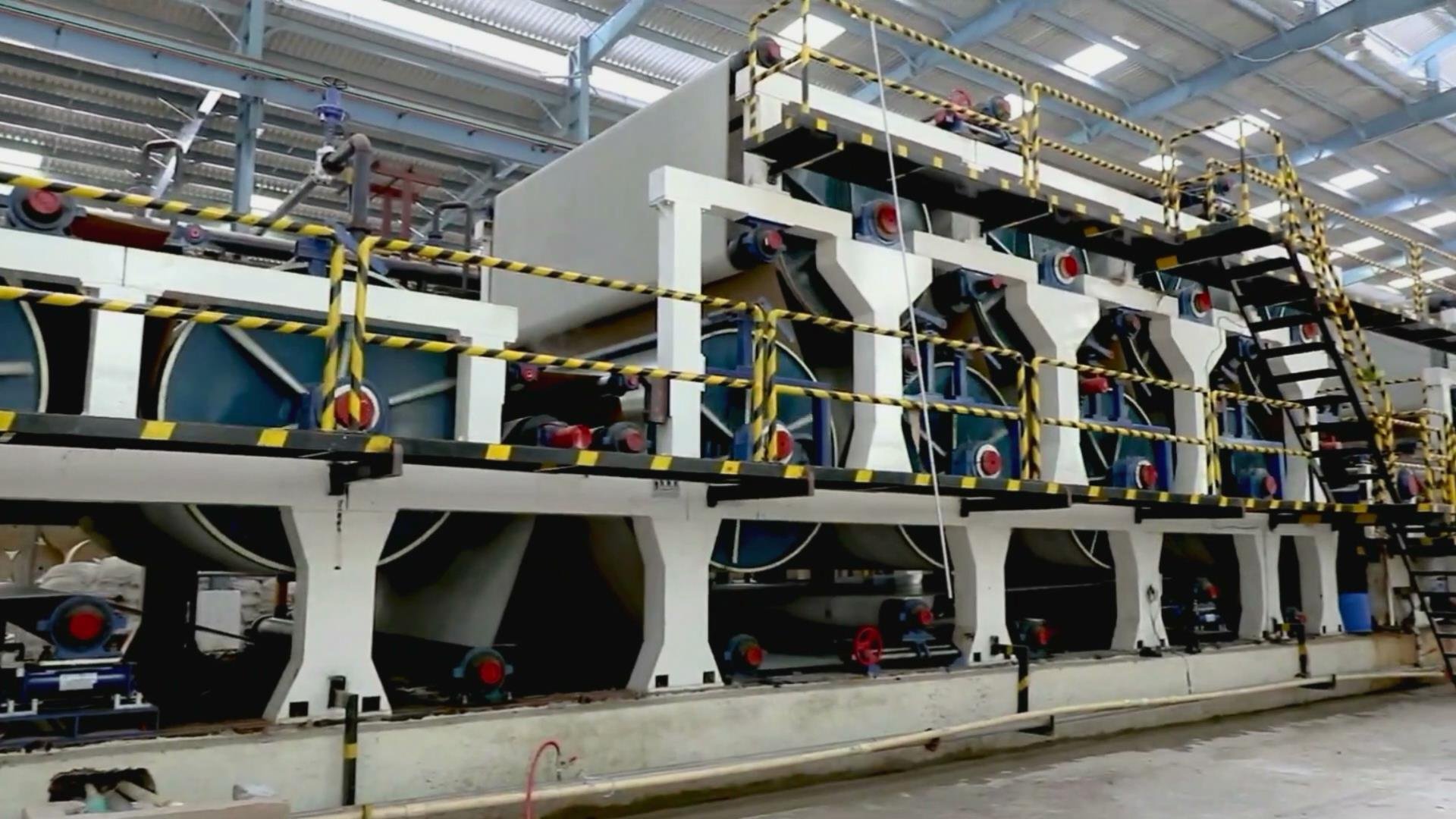
4.4.Surface Finishing Department
Use multi-process processing to obtain good surface quality. After the paper machine, most papers are calendered by a mechanical calender to make the paper surface smooth and consistent. The mechanical calender is made of several cold cast iron rollers, and the paper surface is flattened by the weight of each roller or additional pressure. If a higher surface smoothness is required, a super calender is used for calendering. It generally consists of pulp rolls and chilled cast iron rolls arranged alternately. According to different usage requirements, some varieties need surface sizing to improve surface quality; some need surface coating to improve appearance quality or printing quality. Surface sizing and coating can be processed outside the paper machine through the sizing machine and coating machine, or the sizing machine and coating equipment can be combined in the paper machine for in-machine processing.
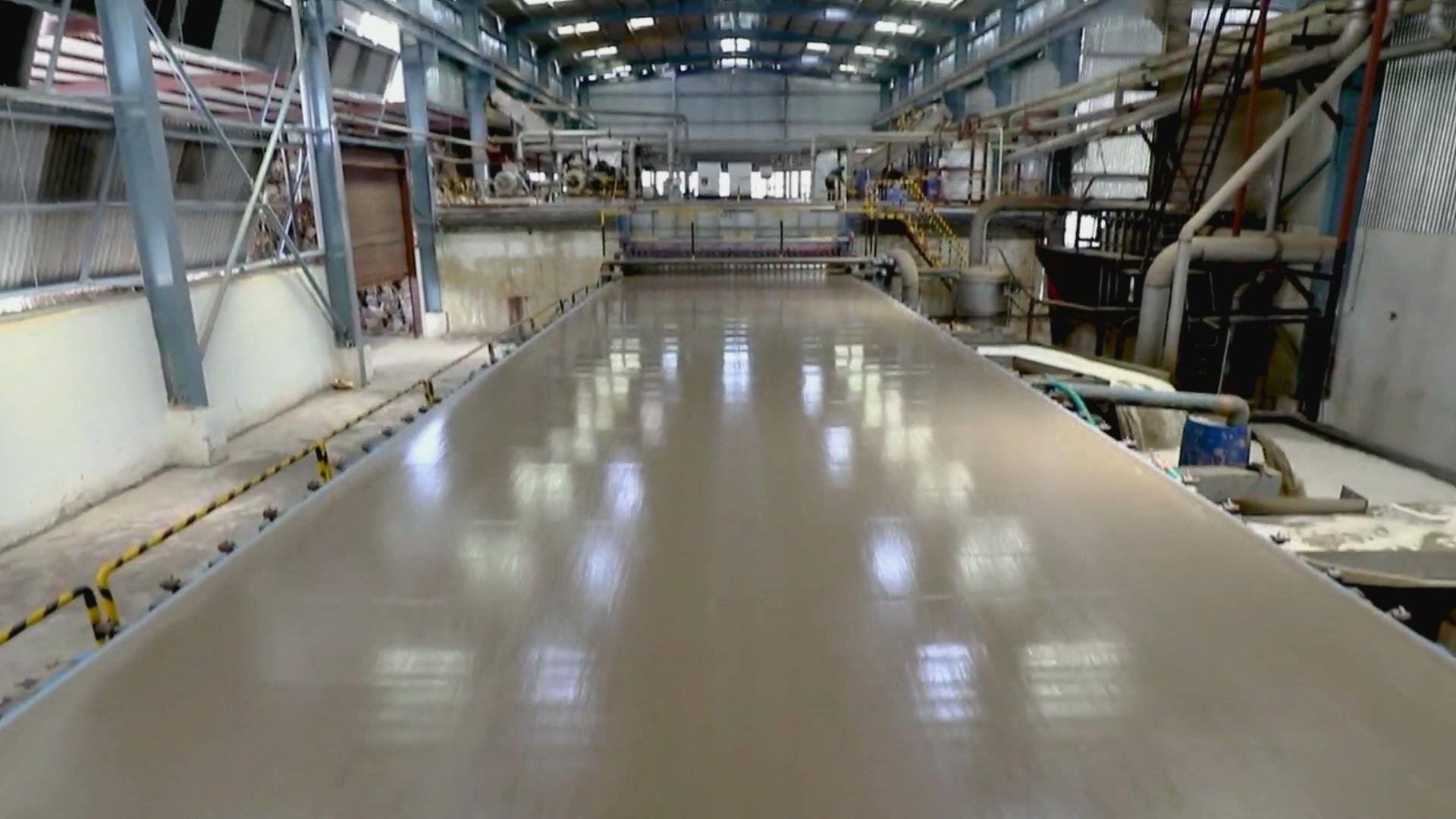
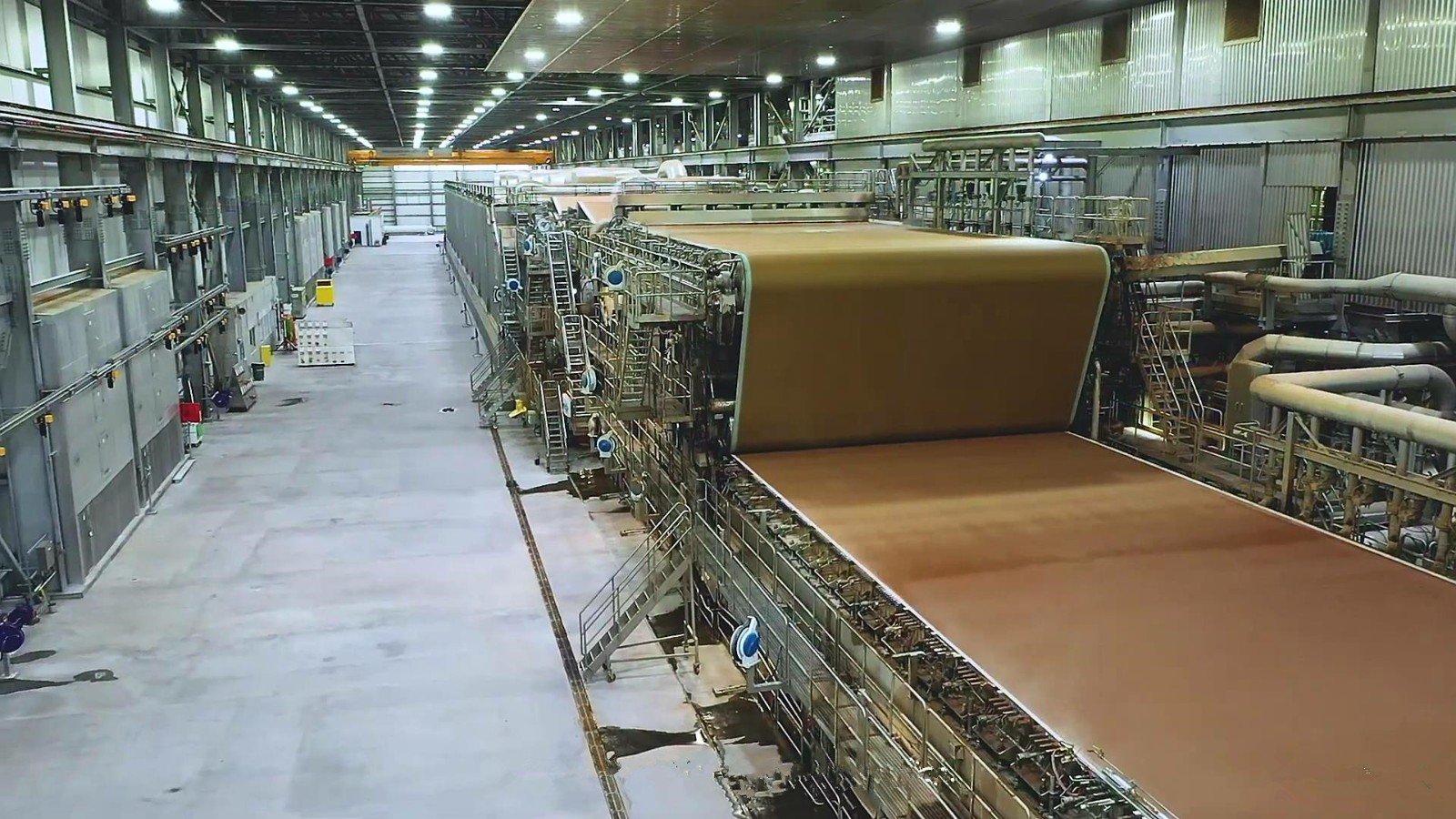
4.5.Transmission system
All parts of the paper machine are connected and operated synchronously, so that the mechanical and electrical components are integrated. It is composed of mechanical deceleration device, speed regulating and stabilizing device, sub-transmission device, etc., all of which use electric power as the power source.
4.6.White water system
It is a recovery, treatment and recycling system for the dewatering of the paper machine forming section. Including white water collection, transportation, filtration or sedimentation, air flotation and other equipment to separate and recycle fibers and filler reuse, and the entire system for recycling clean white water in the papermaking process.
4.7.Auxiliary system
It is composed of electrical system, vacuum system, lubrication system, workshop steam supply and exhaust system, broken paper treatment, compressed air system, steam supply, water supply and drainage system, etc. matched with the paper machine.